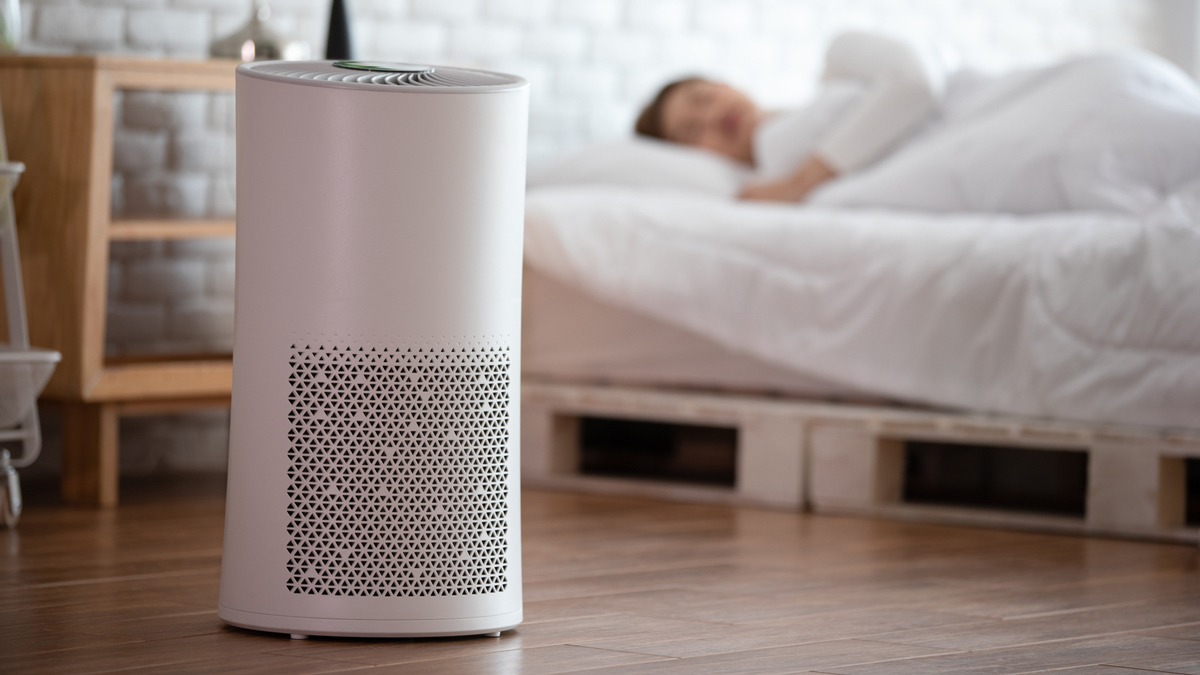I’m a new mom, and I’d like to share my experience of selecting an air purifier for my home. This journey began when we decided to renovate our home in preparation for the arrival of our baby. After three months of renovation and another half-month of thorough ventilation, we thought the indoor air was safe. However, a routine check revealed the presence of organic solvents in the air, which was a significant health concern for me and my unborn child. This made me realize that our home’s air quality was still compromised despite our efforts to remove formaldehyde using traditional methods. To ensure our health and well-being, we decided to find a solution and started exploring air purifier options.
Section 1: Purchase Background
Our home renovation journey started when we discovered I was pregnant. After three months of intense renovation work, we faced the daunting task of eliminating odors and formaldehyde from our home environment. We initially tried traditional methods like using tea leaves to absorb odors, but this proved ineffective. We even left the windows open for weeks, but the results were still unsatisfactory. We thought we had succeeded until a health checkup revealed the presence of organic solvents in my body, likely originating from our newly renovated home. This alarming discovery prompted us to seek an effective solution.
Section 2: Clarifying Requirements
As a mom with a scientific background, I value data-driven decisions. With numerous air purifier options available, I prioritized and ranked my requirements based on importance:
-
Effective Formaldehyde Removal: I sought to understand the standards for indoor air quality and formaldehyde levels. National standards such as GB/T18883-2002 and GB50325-2020 provided reference values, with formaldehyde levels ideally below 0.07-0.10 mg/m³. I also considered the formaldehyde removal rate as a crucial factor.
-
Fast Formaldehyde Removal: Given our urgency to move into our new home, rapid formaldehyde removal was essential. I looked for the Clean Air Delivery Rate (CADR) value, which represents an air purifier’s efficiency in removing formaldehyde within a specified time.
-
Dust Mite Allergy Prevention: Living in an area with a high prevalence of dust mites, I have suffered from allergies for years. An effective air purifier needed a high-efficiency particulate air (HEPA) filter rated at H13 to trap dust mites effectively.
Section 3: User Experience
Considering these requirements, I found an air purifier that met my criteria: the Honeywell H-Speed air purifier. Honeywell, a renowned brand in the aerospace and Fortune 500 list, gave me confidence in their product.
The Honeywell H-Speed air purifier features a sleek design with a silver control panel, making it an aesthetic addition to our home. It includes four sensors to monitor air quality, which is a valuable feature for design-conscious moms like me.
What sets the Honeywell H-Speed apart is its outstanding formaldehyde removal capabilities. After conducting tests, the formaldehyde concentration in a test space reduced to just 0.46 mg/m³ within 4 hours, achieving a remarkable formaldehyde removal rate of 95.6%. Additionally, it boasts a CADR value of 702 m³/h, which is three times higher than conventional air purifiers, ensuring swift formaldehyde elimination.
Furthermore, the Honeywell H-Speed features dual filters on both sides, enhancing its formaldehyde removal power. Its HEPA filter is rated H13, effectively decomposing formaldehyde without causing pollution.
In practice, this air purifier has significantly improved our home’s air quality. We were able to move into our new home quickly and safely, and it continues to provide clean air for our newborn baby. While the selection process was meticulous, the end result has been a satisfying shopping experience.
In conclusion, the Honeywell H-Speed air purifier met my demanding requirements:
-
Effective formaldehyde removal
-
Rapid formaldehyde removal (high CADR value)
-
Dust mite allergy prevention (H13 HEPA filter)
